
Essential PPE in the Food Industry: What You Need to Know
Overwhelmed by PPE options for food safety? Master your PPE selection for food workers safety with these practical tips.
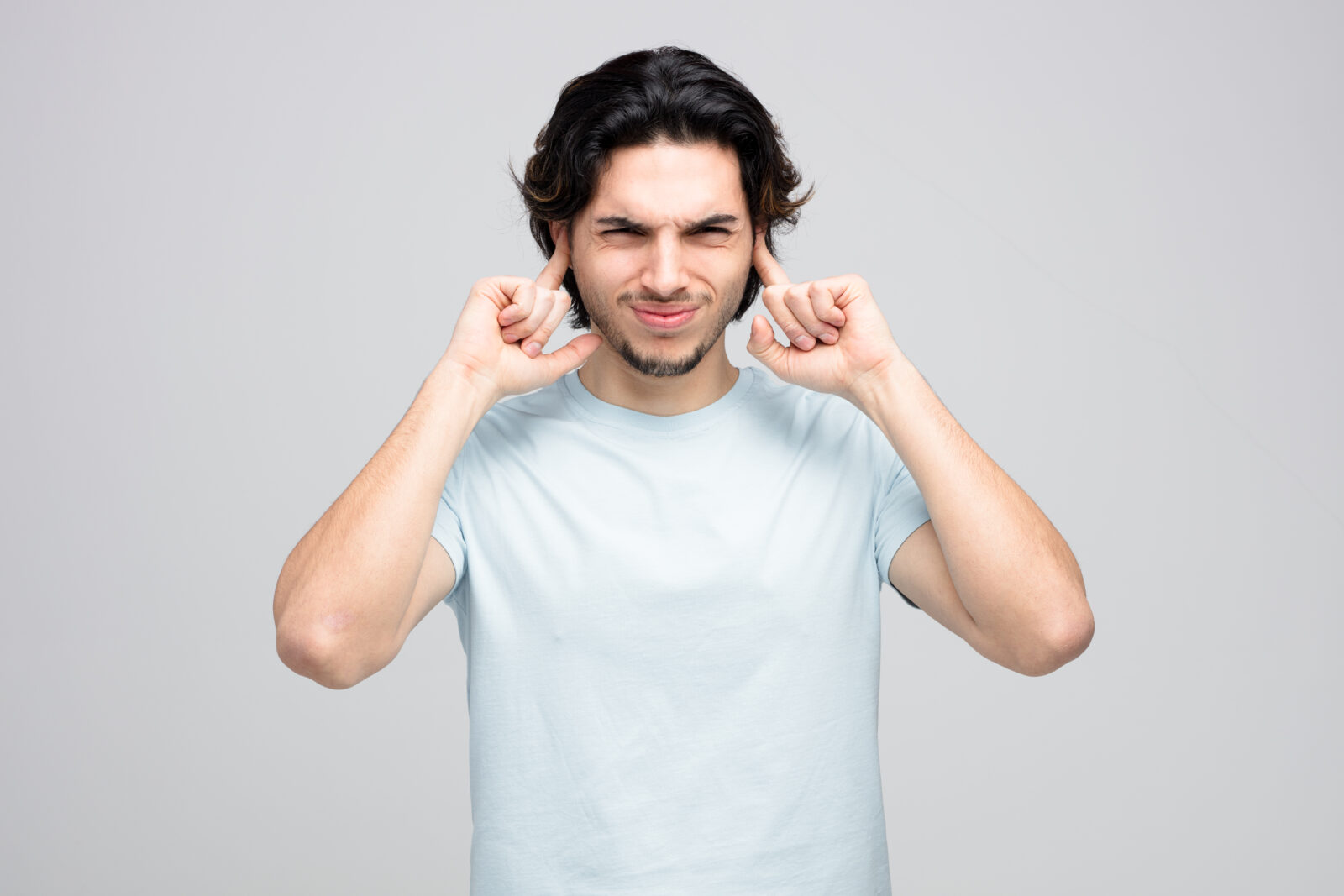
Get 20€ off on your first order!
Choosing the right hearing protection can be tricky, with many options available. In this guide, we’ll help you compare ear plugs and ear muffs, ensuring you make the best choice for your needs, whether you’re in a noisy workplace, using power tools, or attending a concert.
By the end of this article, you’ll know when to choose ear plugs or ear muffs based on your environment, comfort preferences, and durability requirements. We’ll provide clear insights so you can make a confident, informed decision.
With our expertise, we’ll guide you through the best options and offer practical tips for selecting and using hearing protectors, making sure you’re ready for any future challenges.
For a broader overview of hearing protection, check out our Comprehensive Guide to Hearing Protectors.
Ear plugs are small devices that fit directly into the ear canal, creating a seal to block noise. They are popular due to their compact size and lightweight design.
| Advantages | Disadvantages |
| Lightweight and portable | Requires proper insertion technique for optimal performance |
| Unobtrusive to wear | Comfort may vary for extended wear, depending on fit |
| Ideal for hot environments | Their small size makes them easy to carry, with thoughtful storage ensuring they are always at hand |
For more on selecting the best ear plugs, explore How To Choose The Right Earplugs – A Buyer’s Guide.
Ear muffs, on the other hand, are designed to fit over the ears, creating a barrier against noise with soft, cushioned seals. They are a great choice for individuals who prioritize ease of use and durability.
| Advantages | Disadvantages |
| Easy to wear and remove | Offers substantial protection but may require more storage space than ear plugs |
| Durable construction | Features various material options to ensure comfort across diverse environments |
| Effective with minimal adjustment | Less portable than ear plugs |
For a detailed buying guide, read Earmuffs: Selecting The Right Hearing Protection.
To make your choice easier, here’s a side-by-side comparison of the key factors to consider:
| Feature | Ear Plugs | Ear Muffs |
| Noise Reduction | High (NRR: 20–33 dB) | Moderate to High (NRR: 15–31 dB) |
| Comfort | Customizable fit | Adjustable over-ear fit |
| Portability | Extremely portable | Bulkier |
| Durability | Disposable or reusable | Durable |
| Use with Other PPE | Compatible with most PPE | Can be adjusted to work with helmets or glasses, depending on design |
Ear plugs are ideal for situations requiring a discreet and portable solution. For instance, workers in hot environments or those who need freedom of movement often prefer ear plugs. Their small size makes them convenient for travel, especially in industries like construction or manufacturing.
Ear muffs are better suited for consistent, stationary noise environments, such as workshops or construction sites. They are also a practical choice for individuals who wear protective gear like hard hats or cut-resistant gloves. Browse our selection of hearing protectors to find ear muffs that meet your needs.
The best hearing protector depends on your environment and personal preferences. Here’s a quick decision-making guide:
Explore related categories like Earmuffs or Earplugs to discover specific products, such as 3M’s PELTOR Optime earmuffs or Moldex SparkPlugs ear plugs, known for their reliability and comfort.
We hope this guide has been helpful in navigating the key factors for choosing the right hearing protection, from material effectiveness to comfort preferences. Whether you’re working in a noisy workplace or simply looking to protect your hearing during recreational activities, we’re here to support your needs.
Explore our full range of hearing protection options, including earplugs and earmuffs from trusted brands, all available with just a click.
By understanding the benefits of each type of hearing protector, you can make an informed decision. Visit our main guide for more insights into hearing protection, or dive deeper into related articles like Choosing Hearing Protection for Welding.
Have questions or need assistance finding the best solution? Don’t hesitate to reach out—we’re always here to help ensure your hearing protection is both effective and comfortable.
– The Droppe Team
Yes, ear plugs can be reused if they are made from durable materials like silicone or foam. Ensure they are cleaned properly before reusing.
Choose an NRR based on the noise level in your environment. Higher NRRs (30+ dB) are ideal for extremely loud conditions, while moderate NRRs (15–25 dB) work for everyday tasks.
Some ear muffs are designed to fit comfortably with glasses, but it’s important to check the design before purchasing for a proper seal.
Clean ear muffs with a damp cloth, focusing on the cushions and headband. For more thorough cleaning, check manufacturer instructions for disassembly and maintenance.
Yes, using ear plugs under ear muffs provides additional protection in extremely noisy environments, enhancing overall noise reduction.
Thank you! You've signed up for our newsletter.










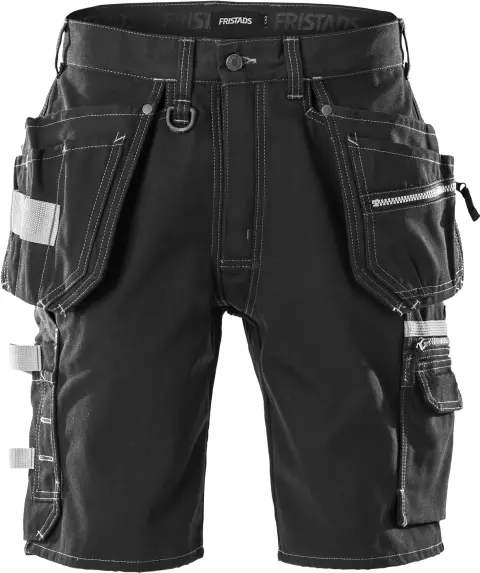
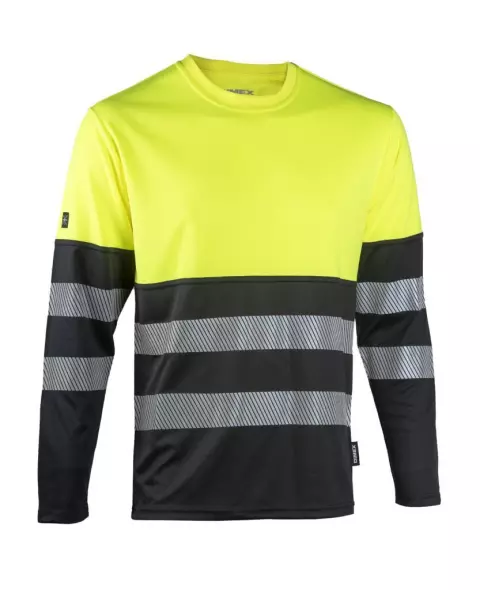
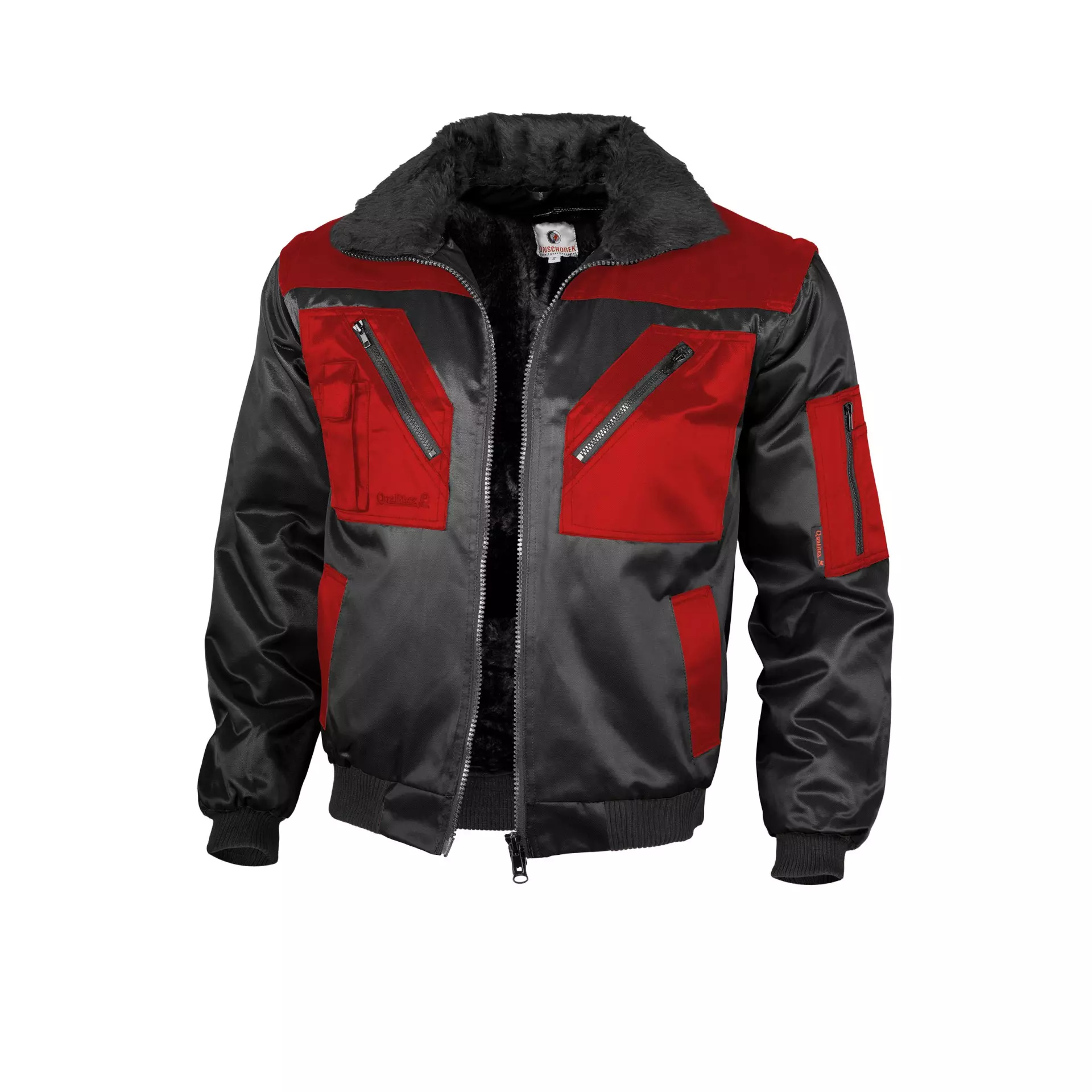
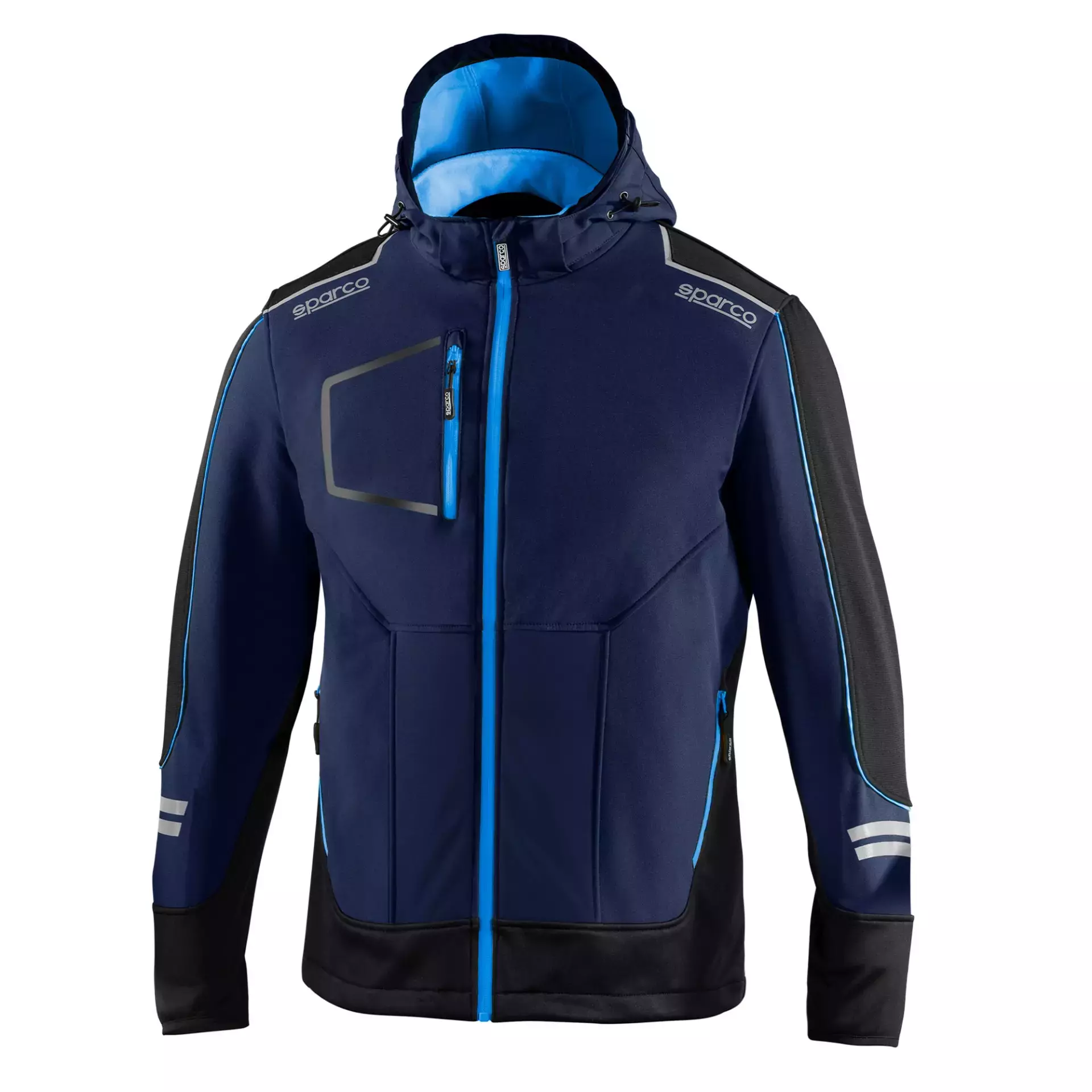





Overwhelmed by PPE options for food safety? Master your PPE selection for food workers safety with these practical tips.

Electricians across Europe face unique challenges that require reliable safety glasses to ensure both protection and efficiency. Whether safeguarding against...

Struggling to maintain clear vision in demanding environments? This guide is here to help. By the end, you’ll know exactly...

Overwhelmed by PPE options for food safety? Master your PPE selection for food workers safety with these practical tips.

Electricians across Europe face unique challenges that require reliable safety glasses to ensure both protection and efficiency. Whether safeguarding against...

Struggling to maintain clear vision in demanding environments? This guide is here to help. By the end, you’ll know exactly...
Get 20€ off on your first order!
Save 30% by buying directly from brands, and get an extra 10€ off orders over €100
Save 30% by buying directly form brands, and get an extra 10€ off orders over €100